This article explores the steps, benefits, and challenges of expanding your online store to include major marketplaces. By leveraging established platforms you can reach a broader audience and increase your sales potential.
1. Understanding the Marketplace Ecosystem
Before diving into marketplaces, it’s essential to understand their dynamics and how they differ from running an independent e-shop. Marketplaces offer vast audiences but come with their own rules, fees, and competition.
Key Points:
- Access to a Larger Audience: Marketplaces attract millions of buyers, giving your products more visibility than a standalone site.
- Established Trust: Marketplaces are trusted by consumers for their security and reliability, reducing the friction in purchasing from new vendors.
- Operational Differences: Selling on a marketplace involves adhering to their rules, paying fees, and managing inventory and fulfillment according to their standards.
Example:
- Etsy: Ideal for handcrafted or vintage items, where sellers can tap into a niche audience seeking unique products.
2. Preparing Your E-Shop for Marketplace Integration
Transitioning to a marketplace requires preparation to ensure your brand and operations are ready for the shift. This includes product listing optimization, inventory management, and pricing strategies.
Key Steps:
- Optimize Product Listings: Ensure your product descriptions, images, and keywords are marketplace-ready, adhering to each platform’s guidelines.
- Inventory Management: Implement a robust inventory system to avoid stockouts and overselling, especially when managing multiple sales channels.
- Pricing Strategy: Factor in marketplace fees and shipping costs to set competitive yet profitable prices.
Best Practice: Use tools like Shopify or WooCommerce integrations to sync your inventory and manage listings across multiple platforms seamlessly.
3. Choosing the Right Marketplaces for Your Products
Not all marketplaces are created equal, and choosing the right ones for your products is crucial to success. Each marketplace caters to different audiences and product types.
Marketplace Overview:
- Amazon: A massive marketplace suitable for a wide range of products, but highly competitive with strict seller requirements.
- eBay: Known for auctions but also supports fixed-price listings, ideal for both new and used goods.
- Etsy: Focused on handmade, vintage, and craft supplies, appealing to niche markets.
- Walmart Marketplace: Offers access to a broad audience but requires a rigorous application process and adherence to strict guidelines.
Strategy: Analyze where your target customers shop and select marketplaces that align with your product offerings and business model.
4. Benefits of Expanding to Marketplaces
Expanding your e-shop to marketplaces comes with several advantages that can significantly boost your online presence and sales.
Key Benefits:
- Increased Sales: Reach more customers and tap into the traffic and trust of established marketplaces.
- Diversified Revenue Streams: Reduce dependency on a single sales channel by diversifying where your products are sold.
- Global Reach: Many marketplaces offer international selling options, allowing you to reach customers worldwide.
Example: A small brand selling eco-friendly products can expand from their e-shop to Amazon and Etsy, leveraging Amazon’s global reach and Etsy’s eco-conscious audience.
5. Challenges of Marketplace Expansion
While the benefits are compelling, expanding to marketplaces also presents challenges that must be managed effectively.
Common Challenges:
- Marketplace Fees: Each sale comes with fees, including listing, referral, and fulfillment fees, which can eat into profits.
- Increased Competition: You’ll be competing with many other sellers, including the marketplace itself in some cases.
- Brand Dilution: Marketplaces often emphasize their brand over yours, potentially diluting your brand identity.
Mitigation Strategies: Carefully calculate pricing to account for fees, focus on niche products to reduce competition, and use marketplace tools to enhance your brand visibility.
6. Scaling Operations for Marketplace Success
As you expand to marketplaces, scaling your operations is crucial to meet the increased demand and maintain customer satisfaction.
Operational Strategies:
- Automate Where Possible: Use tools for automatic inventory updates, order processing, and customer communication.
- Outsource Fulfillment: Consider using marketplace fulfillment services like Amazon FBA to manage storage, shipping, and returns.
- Customer Service Excellence: Maintain high standards of customer service to secure positive reviews and repeat business.
Example: Using Amazon FBA allows you to offload logistics while focusing on marketing and product development, ensuring a scalable and efficient operation.
Conclusion
Transitioning from an e-shop to selling on marketplaces can significantly expand your business’s reach and revenue. By understanding the marketplace ecosystem, preparing your operations, and choosing the right platforms, you can navigate the challenges and capitalize on the benefits. With careful planning and execution, your brand can thrive in the competitive landscape of online marketplaces.
Links
Written by Dimitrios S. Sfyris, founder and developer of AspectSoft, a software company specializing in innovative solutions. Follow me on LinkedIn for more insightful articles and updates on cutting-edge technologies.
Subscribe to our newsletter!
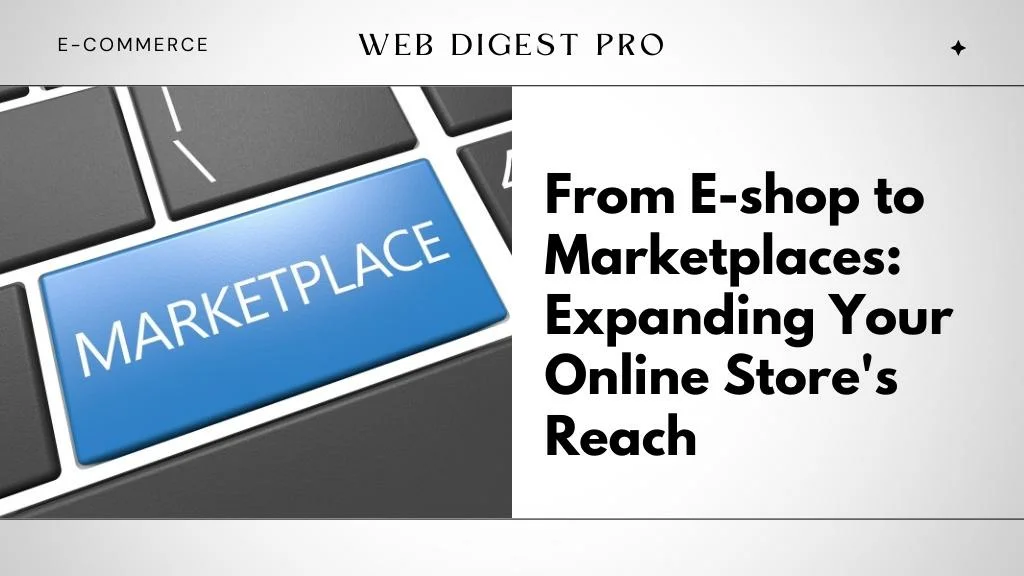
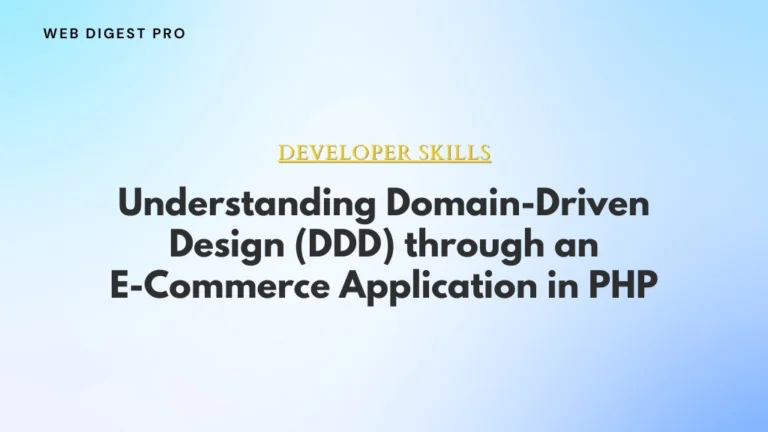
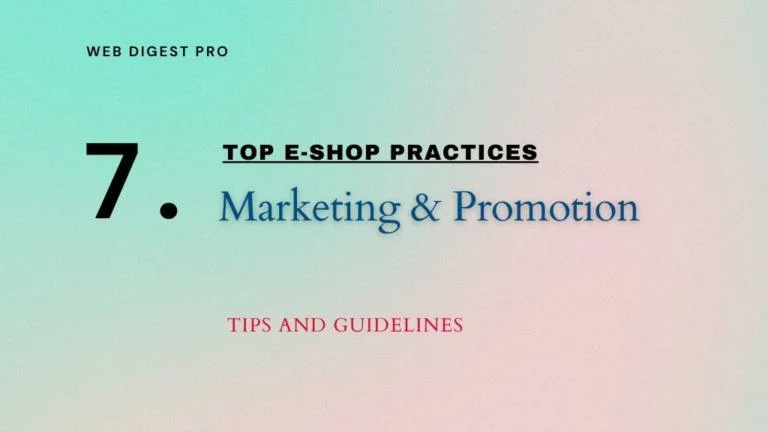
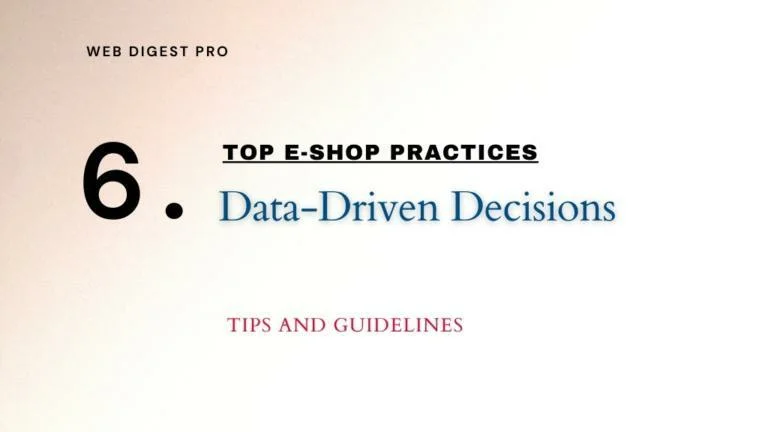


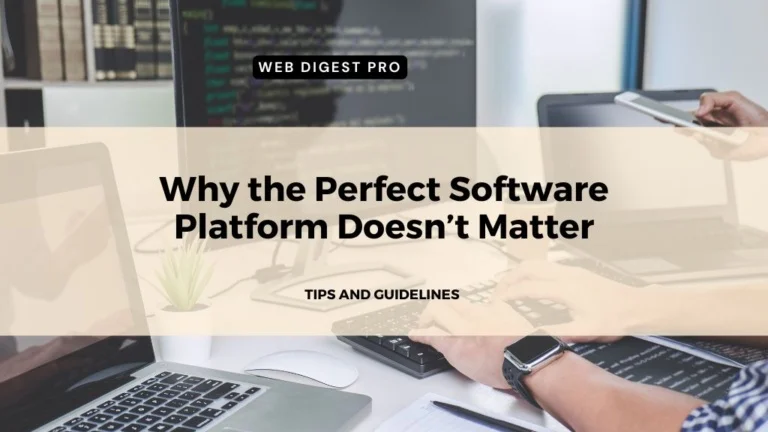
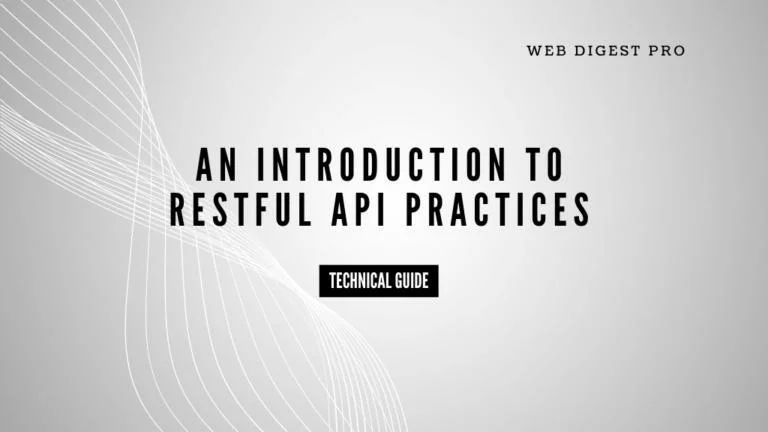

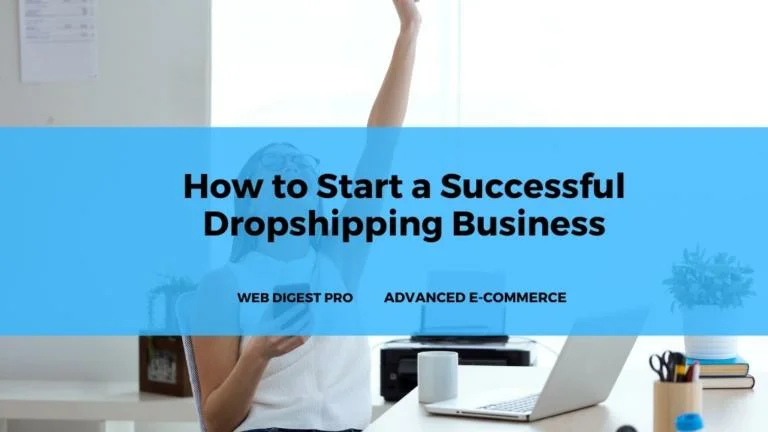
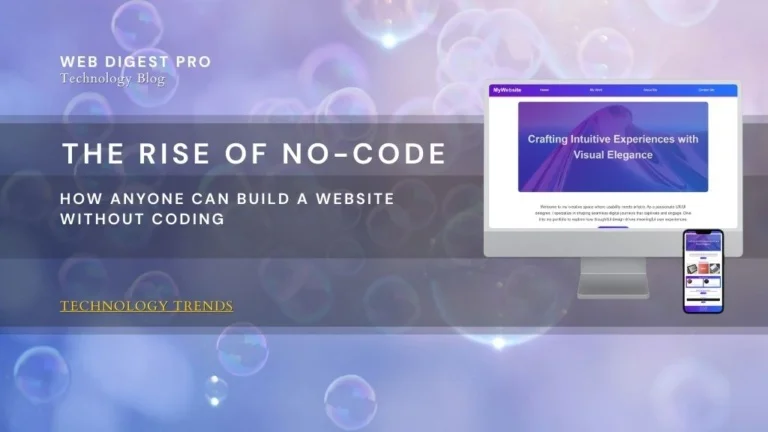




+ There are no comments
Add yours